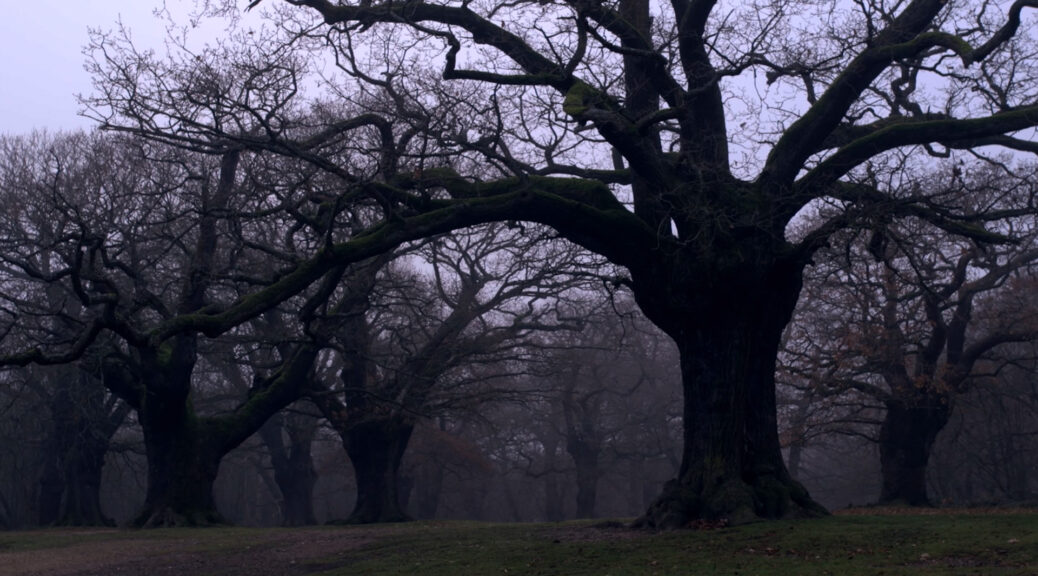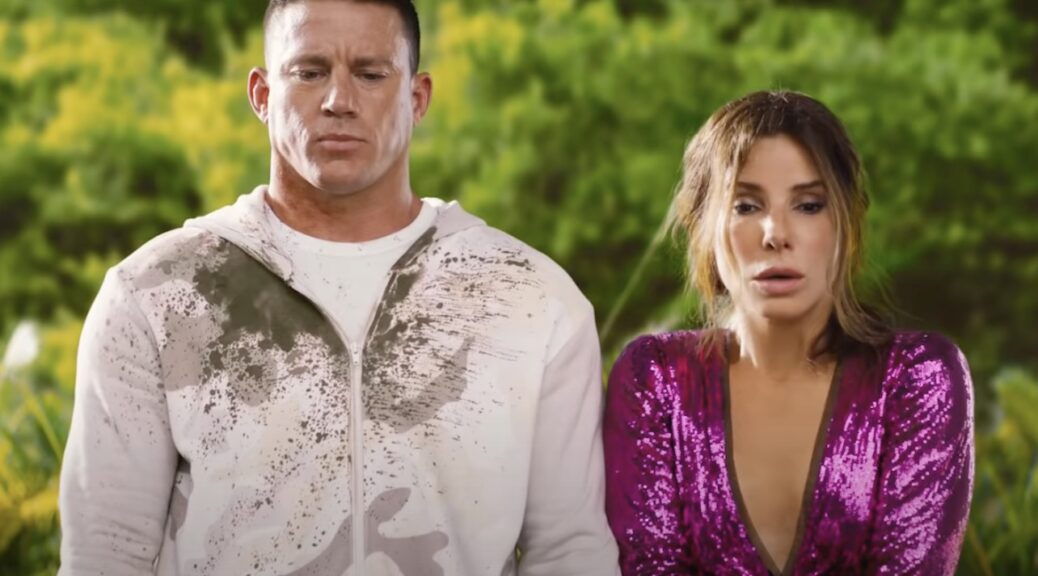The Devil You Know
by George Wolf
A morality play rooted in family bonds, The Devil You Know looks to carve a modern-day Cain and Abel allegory from the ripples of a brutal murder.
Marcus (Omar Epps) is an ex-con who finally has a handle on sobriety and is hopeful for the future. He has a solid new job as an L.A. bus driver, a promising relationship with new girl Eva (Erica Tazel), and an extended family always ready to offer support.
But at the big family party in his honor, Marcus stumbles across something that appears to link his wayward brother Drew (William Catlett) to the home invasion killings that are dominating the news.
Should Marcus tell detective McDonald (Michael Ealy) what he knows? Or should Marcus keep quiet, covering for his brother and hoping that the local hoods Drew runs with (B.J. Britt and Theo Rossi) don’t eye him any more suspiciously than they already do?
Writer/director Charles Murray (TV’s Luke Cage and Sons of Anarchy) layers a compelling crisis of conscience through family strife that feels authentic thanks to a fine ensemble including veterans Glynn Turman and Vanessa Bell Calloway. It takes more than just stoically reciting the word “family” into the camera multiple times to reveal strength in conflict, and Murray has a good feel for this nuance.
Less successful are the TV and news reports of the murders (like old-age makeup, these continue to be a conundrum for filmmakers) and the tendency of Murray’s script to retrace some of the moral terrain it’s traveling. As a result, you start to feel the nearly two-hour run time as the pace develops some unmistakable drag.
But Murray seems like a TV vet with potential for compelling features. There is a thoughtful and effective thriller at the heart of The Devil You Know, and it’s often glimpsed through the moments of bloat that hold it back.













